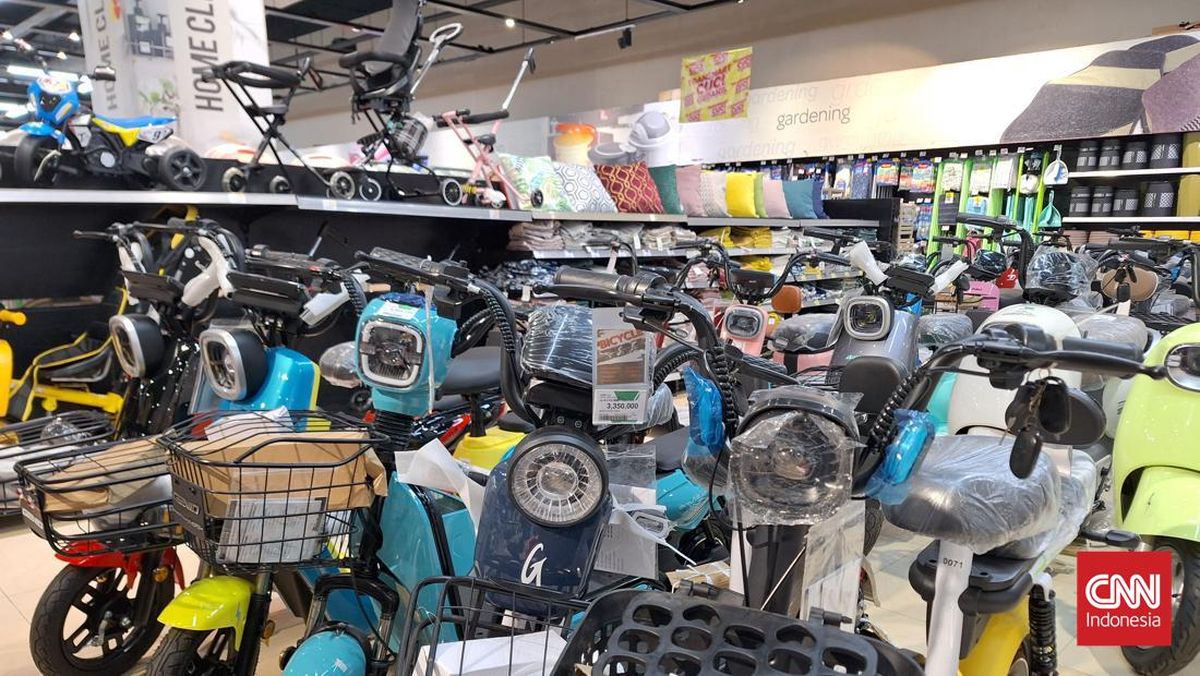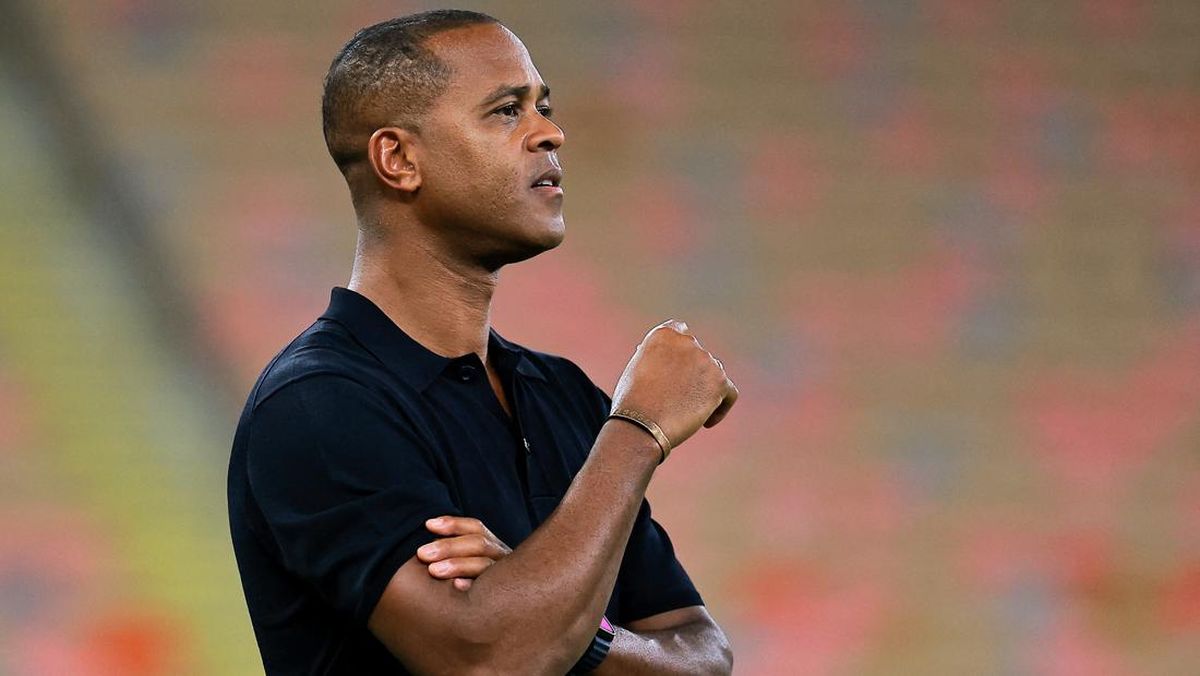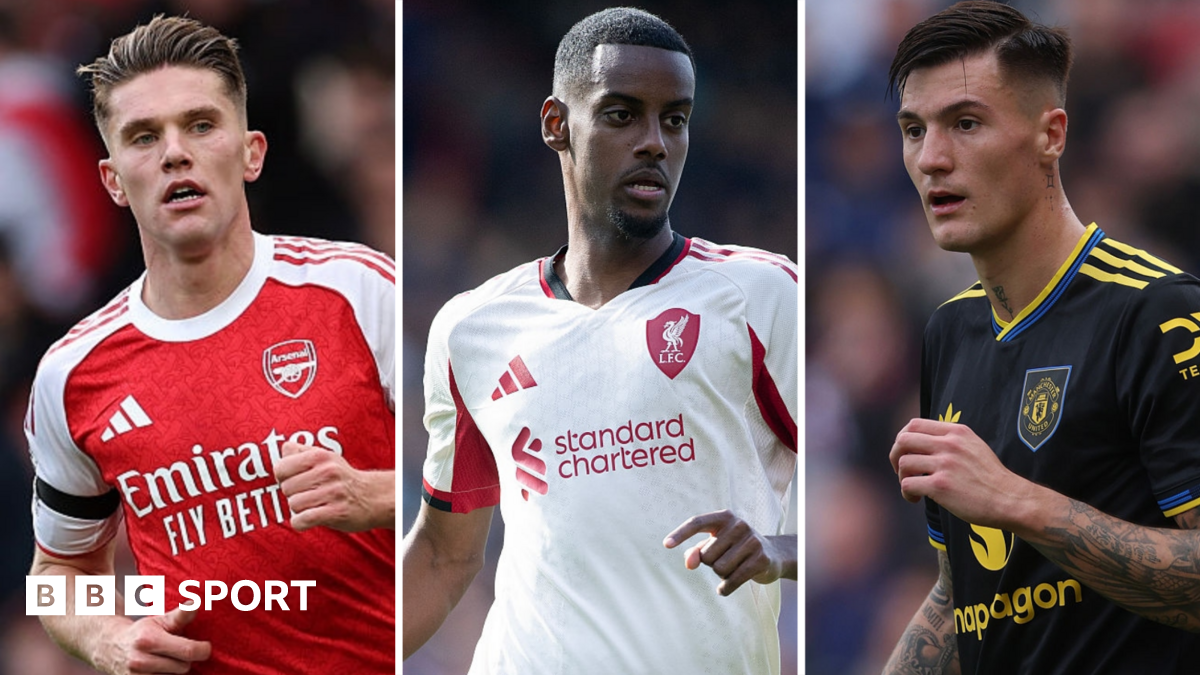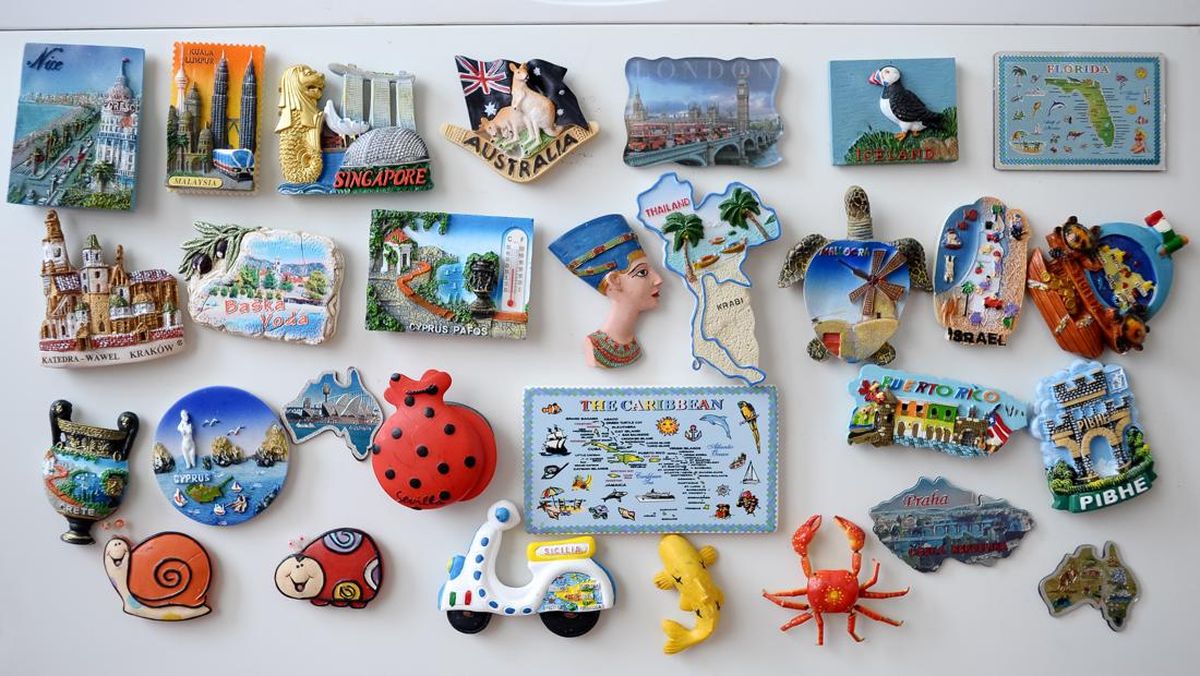Trent Knox spends most of his time in activewear. When he’s not working as a fitness instructor, he’s pounding the pavement training for marathons, on a paddleboard at the beach, or at the gym.
As the co-founder of 440 Club, a Sydney running club that starts 5am sharp at Bronte Beach on Saturdays, the 46-year-old regularly receives and trials samples of clothing and footwear, which he finds useful for staying on top of the latest product releases and to switch things up.
“I’m a sneaker addict,” said Knox. “I’m pretty open-minded to different brands and different colours.”

Trent Knox from 440 Run Club in 2021.Credit: Edwina Pickles
If he had to pick his favourite shoe, it would be the Nike Air Max 1. But when Knox needs to compete, he has a clear preference. “I’ve found that, in the last three years in terms of racing performance, I’ve stuck with Adidas.”
Knox’s preference is indicative of a swell of fitness junkies who are deserting some legacy sportswear titans in favour of innovative disruptors, while other incumbents are finding ways to cut through. In Australia, Adidas and New Balance are gaining momentum, growing sales and profits, while Nike is continuing to lose currency and Puma’s popularity is fading.
Loading
Retail strategist Emma Easton said shoppers were becoming far more picky about where they choose to spend their money.
“Today’s consumer is seeking cultural relevance,” she said. “In sports footwear, this means pushing the boundaries of performance innovation while offering a mix of newness and heritage classics in casual styles.”
Nike’s sales figure of $891.2 million in 2025 was a $31.4 million drop from the year before, marking at least the second year in a row where sales had retreated in Australia. Profits slipped 0.7 per cent to $13.1 million in the 12 months to May 31, 2025. The US brand has been fighting to reclaim lost ground after missteps of innovation, leadership and distribution caused it to fall behind competitors.
“Nike’s decline in cultural relevance has come from an over-reliance on legacy styles and repetitive collaborations, leading to fatigue among once-loyal consumers,” said Easton.
“What was once seen as empowering and innovative now feels over-commercialised and predictable, particularly to younger audiences seeking originality and authenticity.”

Kenyan long-distance runner Kelvin Kiptum’s prototype Nike shoes after winning the 2023 Chicago Marathon professional men’s division and setting a world record.Credit: Getty Images
Adidas, meanwhile, lifted sales by 5.3 per cent to $452,192,000 while showing a dramatic profit lift from $2.6 million to $26 million.
Although Nike’s Australian business is about twice the size of that of Adidas, Easton said Adidas had rebuilt cultural capital and performance credibility by doubling down on its roots as a soccer brand.
“The global sell-out of the Adidas Samba in 2022, driven by the Grace Wales Bonner collaboration, reignited the brand’s influence in both sport and fashion,” said Easton.
When Isabella Dayto, 29, catches up with friends from her local run club, the names that come up most often are Hoka, Asics, New Balance and Brooks. “I view Nike and Adidas more as lifestyle shoes,” said Dayto. “In my opinion, there are more credible brands like Hoka and Asics that I think are experts in the space.”
Being able to build cultural cache while also being taken seriously on technical and performance aspects is important. German apparel brand Puma is losing on both fronts, and it is struggling to capture the interest or dollars of Australian customers or turn a profit.
Puma, the third-largest sportswear manufacturer in the world (founded in 1948 by Rudolf Dassler, whose brother Adolf ‘Adi’ Dassler went on to found Adidas) suffered a 14.1 per cent slump in Australian sales to $183,960,344. Losses deepened to nearly $16 million in the 2024 calendar year.
Adidas has deep roots with FIFA, top teams and clubs and streetwear, and Nike is closely aligned with basketball culture, the NBA and their top athletes but Puma isn’t a leader in any particular category.
“The issue is not capability but clarity,” said Easton. “Puma sits uncomfortably between performance and fashion, not technical enough to rival On Running or Hoka and not culturally aspirational enough to compete with Adidas or Nike.”
New Balance, however, has built upon its reputation for revolutionising the daggy dad runners to become one of the trendiest, fastest-growing brands in the space, boosted by its heritage of running performance as well as recent collaborations with Miu Miu and New York label Aimé Leon Dore that put a designer and luxury spin on sneakers.

New Balance recently released a collaboration with Miu Miu and US Open champion Coco Gauff.
New Balance’s local sales rose by 19.5 per cent to $223.7 million and profit nearly tripled to $11.6 million in the 2024 calendar year.
“Its success lies in staying true to its understated identity, delivering substance, craftsmanship and credibility at a time when consumers are rejecting hype,” said Easton.
Knox is a fan of the bigger, louder market of global brands. “I love that there is choice,” he said.
“I think that there’s so much more space for it now, for brands to exist, even though they’re competing against these big guys that are around forever.”
The Business Briefing newsletter delivers major stories, exclusive coverage and expert opinion. Sign up to get it every weekday morning.
Most Viewed in Business
Loading


















































